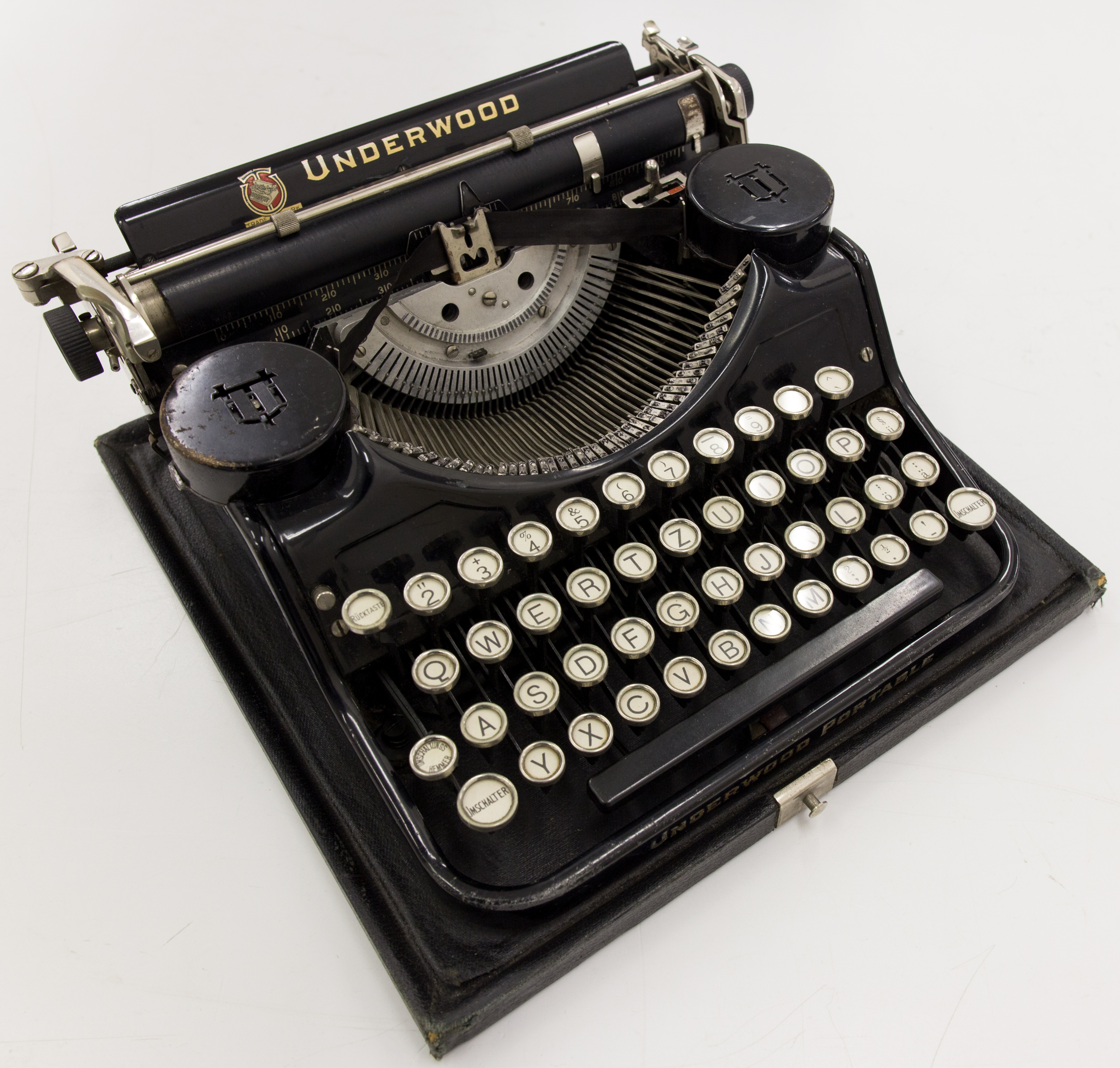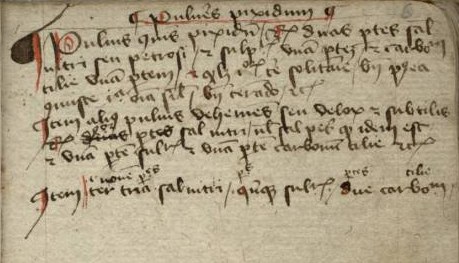|
List Of Proofreader's Marks
This article is a list of standard proofreader's marks used to indicate and correct problems in a text. Marks come in two varieties, abbreviations and abstract symbols. These are usually handwritten on the paper containing the text. Symbols are interleaved in the text, while abbreviations may be placed in a margin with an arrow pointing to the problematic text. Different languages use different proofreading marks and sometimes publishers have their own in-house proofreading marks. Abbreviations These abbreviations are those prescribed by the Chicago Manual of Style. Other conventions exist. Symbols Manuscripts Depending on local conventions, underscores (underlines) may be used on manuscripts (and historically on typescripts) to indicate the special typefaces to be used: *single dashed underline for , 'let it stand', proof-reading mark cancelled. *single straight underline for ''italic type'' *single wavy underline for bold type *double straight underline for *double underl ... [...More Info...] [...Related Items...] OR: [Wikipedia] [Google] [Baidu] |
Proofreading
Proofreading is a phase in the process of publishing where galley proofs are compared against the original manuscripts or graphic artworks, to identify transcription errors in the typesetting process. In the past, proofreaders would place corrections or proofreading marks along the margins. In modern publishing, material is generally provided in electronic form, traditional typesetting is no longer used and thus (in general) this kind of transcription no longer occurs. Professional Traditional method A "galley proof" (familiarly, "a proof") is a typeset version of copy or a manuscript document. It may contain typographical errors ("printer's errors"), as a result of human error during typesetting. Traditionally, a proofreader looks at a portion of text on the copy, compares it to the corresponding typeset portion, and then marks any errors (sometimes called "line edits") using standard proofreaders' marks. Unlike copy editing, the defining procedure of a proofreading serv ... [...More Info...] [...Related Items...] OR: [Wikipedia] [Google] [Baidu] |
Caret (proofreading)
The caret () is a V-shaped grapheme, usually inverted and sometimes extended, used in proofreading and typography to indicate that additional material needs to be inserted at the point indicated in the text. The same symbol is also used as a diacritical mark modifying another character (as in ), for which purpose it is known as a circumflex. Usage The caret was originally and continues to be used in handwritten form as a proofreading mark to indicate where a punctuation mark, word, or phrase should be inserted into a document. The term comes from the Latin word , "it lacks", from , "to lack; to be separated from; to be free from". The caret symbol can be written just below the line of text for a punctuation mark at low line position, such as a comma, or just above the line of text as an inverted caret () for a character at a higher line position, such as an apostrophe The apostrophe (, ) is a punctuation mark, and sometimes a diacritical mark, in languages that use the L ... [...More Info...] [...Related Items...] OR: [Wikipedia] [Google] [Baidu] |
European Union
The European Union (EU) is a supranational union, supranational political union, political and economic union of Member state of the European Union, member states that are Geography of the European Union, located primarily in Europe. The union has a total area of and an estimated population of over 449million as of 2024. The EU is often described as a ''sui generis'' political entity combining characteristics of both a federation and a confederation. Containing 5.5% of the world population in 2023, EU member states generated a nominal gross domestic product (GDP) of around €17.935 trillion in 2024, accounting for approximately one sixth of global economic output. Its cornerstone, the European Union Customs Union, Customs Union, paved the way to establishing European Single Market, an internal single market based on standardised European Union law, legal framework and legislation that applies in all member states in those matters, and only those matters, where the states ... [...More Info...] [...Related Items...] OR: [Wikipedia] [Google] [Baidu] |
Style Guide
A style guide is a set of standards for the writing, formatting, and design of documents. A book-length style guide is often called a style manual or a manual of style. A short style guide, typically ranging from several to several dozen pages, is often called a style sheet. The standards documented in a style guide are applicable for either general use, or prescribed use in an individual publication, particular organization, or specific field. A style guide establishes standard style requirements to improve communication by ensuring consistency within and across documents. They may require certain best practices in writing style, usage, language composition, visual composition, orthography, and typography by setting standards of usage in areas such as punctuation, capitalization, citing sources, formatting of numbers and dates, table appearance and other areas. For academic and technical documents, a guide may also enforce best practices in ethics (such as authorship, ... [...More Info...] [...Related Items...] OR: [Wikipedia] [Google] [Baidu] |
Chartered Institute Of Editing And Proofreading
Chartered may refer to: * Charter, a legal document conferring rights or privileges ** University charter ** Chartered company * Chartered (professional), a professional credential * Charter (shipping) * Charter (airlines) * Charter (typeface) * Chartered Semiconductor Manufacturing Chartered Semiconductor Manufacturing, Inc. (CSM), was a Singaporean semiconductor company. History Chartered Semiconductor Manufacturing was founded in 1987, as a venture that included Singapore Technologies Engineering Ltd. The company sign ..., a manufacturing company See also * Charter (other) {{disambig ... [...More Info...] [...Related Items...] OR: [Wikipedia] [Google] [Baidu] |
Typeface
A typeface (or font family) is a design of Letter (alphabet), letters, Numerical digit, numbers and other symbols, to be used in printing or for electronic display. Most typefaces include variations in size (e.g., 24 point), weight (e.g., light, bold), slope (e.g., italic), width (e.g., condensed), and so on. Each of these variations of the typeface is a font. There are list of typefaces, thousands of different typefaces in existence, with new ones being developed constantly. The art and craft of designing typefaces is called type design. Designers of typefaces are called type designers and are often employed by type foundry, type foundries. In desktop publishing, type designers are sometimes also called "font developers" or "font designers" (a typographer is someone who ''uses'' typefaces to design a page layout). Every typeface is a collection of glyphs, each of which represents an individual letter, number, punctuation mark, or other symbol. The same glyph may be used for ch ... [...More Info...] [...Related Items...] OR: [Wikipedia] [Google] [Baidu] |
Underscore
An underscore or underline is a line drawn under a segment of text. In proofreading, underscoring is a convention that says "set this text in italic type", traditionally used on manuscript or typescript as an instruction to the printer. Its use to add emphasis in modern finished documents is generally avoided. The (freestanding) underscore character, , also called a low line, or low dash, originally appeared on the typewriter so that underscores could be typed. To produce an underscored word, the word was typed, the typewriter carriage was moved back to the beginning of the word, and the word was overtyped with the underscore character. In modern usage, underscoring is achieved with a markup language, with the Unicode combining low line or as a standard facility of word processing software. The free-standing underscore character is used to indicate word boundaries in situations where spaces are not allowed, such as in computer filenames, email addresses, and in Internet ... [...More Info...] [...Related Items...] OR: [Wikipedia] [Google] [Baidu] |
En Dash
The dash is a punctuation mark consisting of a long horizontal line. It is similar in appearance to the hyphen but is longer and sometimes higher from the baseline. The most common versions are the endash , generally longer than the hyphen but shorter than the minus sign; the emdash , longer than either the en dash or the minus sign; and the horizontalbar , whose length varies across typefaces but tends to be between those of the en and em dashes. Typical uses of dashes are to mark a break in a sentence, to set off an explanatory remark (similar to parenthesis), or to show spans of time or ranges of values. The em dash is sometimes used as a leading character to identify the source of a quoted text. History In the early 17th century, in Okes-printed plays of William Shakespeare, dashes are attested that indicate a thinking pause, interruption, mid-speech realization, or change of subject. The dashes are variously longer (as in ''King Lear'' reprinted 1619) or com ... [...More Info...] [...Related Items...] OR: [Wikipedia] [Google] [Baidu] |
Pilcrow
In typography, the pilcrow (¶) is a glyph used to identify a paragraph. In editorial production the ''pilcrow'' typographic character is also known as the paragraph mark, the paragraph sign, the paragraph symbol, the paraph, and the blind P. In writing and editorial practice, authors and editors use the pilcrow glyph to indicate the start of separate paragraphs, and to identify a new paragraph within a long block of text without paragraph indentions, as in the book ''An Essay on Typography'' (1931), by Eric Gill. In the Middle Ages, the practice of rubrication (type in red-ink) used a red pilcrow to indicate the beginning of a different train of thought within the author's narrative without paragraphs. The letterform of the pilcrow resembles a minuscule or a mirrored majuscule , with a usually-doubled backbone reaching from the descender to the ascender height. The bowl on the left side can be filled or empty, and occasionally extends far enough downward that the c ... [...More Info...] [...Related Items...] OR: [Wikipedia] [Google] [Baidu] |
British Standards Institution
The British Standards Institution (BSI) is the Standards organization, national standards body of the United Kingdom. BSI produces technical standards on a wide range of products and services and also supplies standards certification services for business and personnel. History BSI was founded as the Engineering Standards Committee in London in 1901.Robert C McWilliam. BSI: The first hundred years. 2001. Thanet Press. London It subsequently extended its standardization work and became the British Engineering Standards Association in 1918, adopting the name British Standards Institution in 1931 after receiving a Royal charter, Royal Charter in 1929. In 1998 a revision of the Charter enabled the organization to diversify and acquire other businesses, and the trading name was changed to BSI Group. The Group now operates in 195 countries. The core business remains standards and standards related services, although the majority of the Group's revenue comes from management systems ... [...More Info...] [...Related Items...] OR: [Wikipedia] [Google] [Baidu] |
Deleatur (black)
A dele or deleatur (, ) is an obelism (a proofreading symbol) used to mark something for deletion. Name ''Dele'', the more common term in modern American English (sometimes used as a verb, e.g. "Dele that graf"), coincides with the imperative form of the Latin ''delere'' ("to delete"). However, the Oxford English Dictionary notes an earlier use in English of ''deleatur'' (Latin "let it be deleted"), and suggests that ''dele'' in English may have been an abbreviation for the longer word. Origin The origin of the symbol appears to be an archaic letter D in the Kurrent script, as an abbreviation for ''dele'' or ''deleatur''. It is markedly similar (if not identical in some cases) to the symbol for the German penny () which is an archaic lowercase d, for ''denarius''. As with most hand-written letters and symbols, its appearance is variable. Computer representation There is no character for the dele symbol in Unicode as of version 15.0 from September 2022, although its addition ... [...More Info...] [...Related Items...] OR: [Wikipedia] [Google] [Baidu] |




